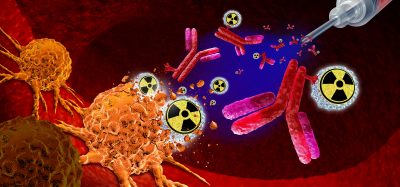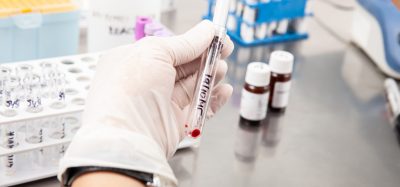Expert view: High-throughput binding kinetic analysis – is it the new frontier in drug discovery?
Posted: 5 June 2018 | Tobias Pusterla (International Marketing Manager at BMG Labtech) | No comments yet
Sometimes the difference between identifying a partial or super agonist is only the time point at which the binding reaction is measured.
The latest developments in reagents and instrumentation allow today to continually monitor the kinetic of binding events of a large amount of compounds without much effort.
It is increasingly appreciated that binding kinetics, the rate at which drugs associate and dissociate from receptors, are a critical factor that directly impacts on drug efficacy. In fact, the time point at which a binding event is measured can really define the efficacy of a compound. However, the molecular determinants of drug-receptor binding kinetics have rarely been measured early on in the drug discovery process, and still remain poorly understood.
Kinetics have traditionally been measured quite late in the drug discovery pipeline. This was mainly done with radio labelled material on only one or two selected compounds. Surface plasmon resonance enabled, with much effort, the analysis of binding kinetics at an earlier stage with more (hundreds) of compounds still in the pipeline. Nowadays, the new improvements in reagent (time-resolved FRET) and detection (microplate readers) technology have been shown to enable kinetic analysis in a high-throughput manner, requiring only small amounts of samples.
Automation now plays a central role in discovery. From self-driving laboratories to real-time bioprocessing
This report explores how data-driven systems improve reproducibility, speed decisions and make scale achievable across research and development.
Inside the report:
- Advance discovery through miniaturised, high-throughput and animal-free systems
- Integrate AI, robotics and analytics to speed decision-making
- Streamline cell therapy and bioprocess QC for scale and compliance
- And more!
This report unlocks perspectives that show how automation is changing the scale and quality of discovery. The result is faster insight, stronger data and better science – access your free copy today
The capability to continuously read and detect over time in a single well, provides the industry with a method that fits in during the hit validation phase where thousands of compounds could still be looked at in a kinetic mode.
Will this approach take the lead over more traditional binding studies? How many drug candidates have been neglected or discarded because they have been looked at the wrong time point? Will this new approach rehabilitate compounds that have been discarded? Well, I guess exciting times are coming!
Related topics
Analytical Techniques, Drug Discovery, Drug Discovery Processes, Kinetics, Microplate Readers
Related organisations
BMG Labtech GmbH
Related people
Tobias Pusterla








